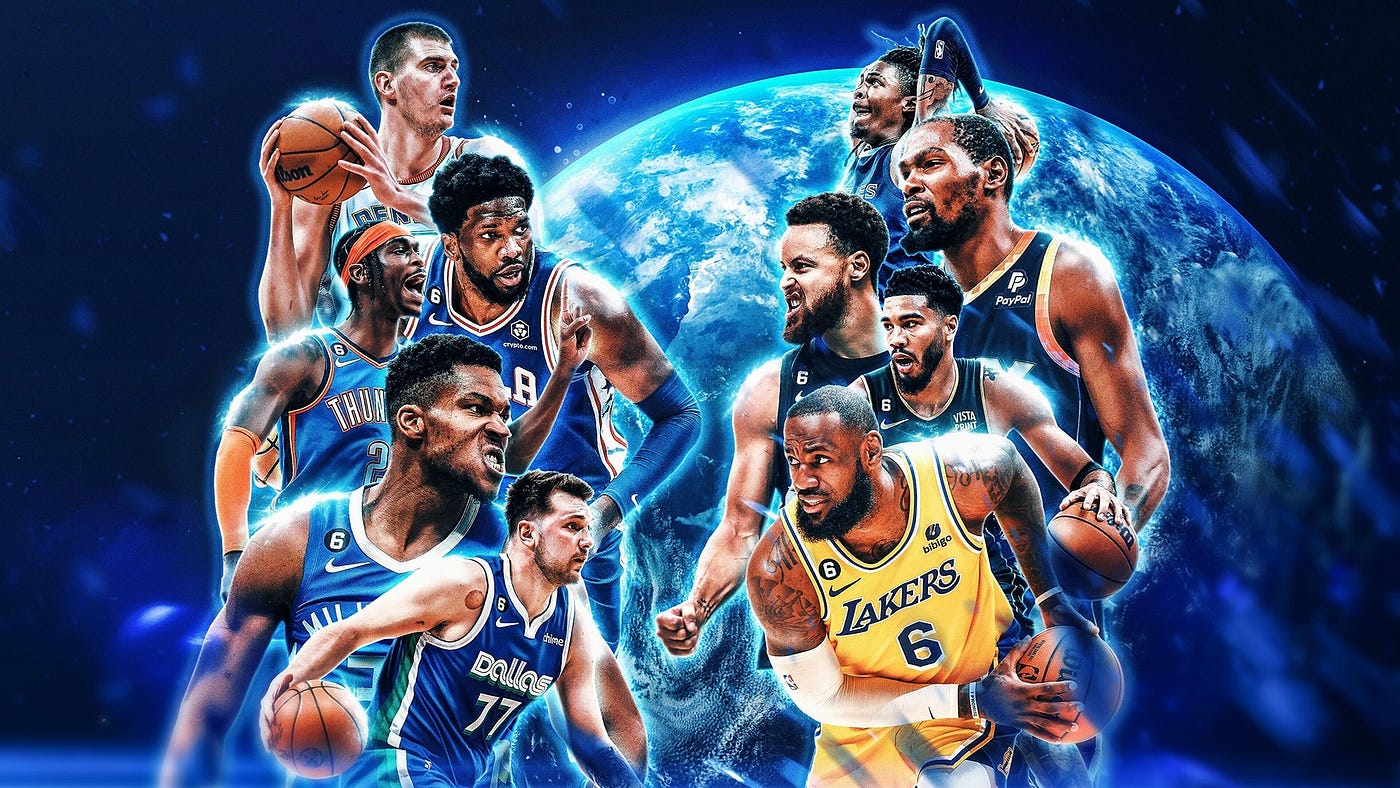NBA has a proud history, from its BAA roots in 1946 to its rise as a thrilling, global basketball phenomenon and cultural powerhouse.

Introduction
The National Basketball Association (NBA) stands today as a global sports juggernaut, captivating audiences worldwide with its high-octane games and superstar athletes. However, the NBA’s journey to prominence began modestly in the mid-20th century, rooted in a strategic vision to capitalize on unused arenas and a burgeoning interest in professional basketball.
The Birth of Professional Basketball Leagues
The National Basketball League (NBL)
Established in 1937, the National Basketball League (NBL) was among the earliest professional basketball leagues in the United States. Primarily based in the Midwest, the NBL featured teams from smaller cities and played games in modest gymnasiums. Despite its regional focus, the NBL laid the groundwork for professional basketball, nurturing talents and fostering competitive play.
The Basketball Association of America (BAA)
In contrast, the Basketball Association of America (BAA) was founded on June 6, 1946, by arena owners in major cities like New York and Boston. Their objective was to fill large venues, such as Madison Square Garden, during off-peak times by hosting professional basketball games. The BAA’s strategy involved placing teams in larger markets and utilizing prominent arenas, setting it apart from the NBL’s approach .
The First BAA Game
The inaugural BAA game took place on November 1, 1946, featuring the New York Knickerbockers and the Toronto Huskies at Toronto’s Maple Leaf Gardens. This game marked the beginning of a new era in professional basketball, showcasing the sport in a grander setting and attracting a broader audience .
The Merger: BAA and NBL Unite
By the late 1940s, both the BAA and NBL recognized the benefits of consolidating their resources and talent. On August 3, 1949, the two leagues merged to form the National Basketball Association (NBA). This unification combined the BAA’s major-market presence with the NBL’s established teams, creating a more robust and competitive league .
Early Challenges and Growth
In its formative years, the NBA faced several challenges, including financial instability and competition from other sports. However, the league gradually gained traction, thanks in part to the emergence of star players and the establishment of team rivalries. The introduction of the 24-second shot clock in 1954 revolutionized the game, increasing its pace and appeal to fans.
Integration and Diversity
The NBA made significant strides in integration during the 1950s. In 1950, Chuck Cooper became the first African American player drafted by an NBA team, the Boston Celtics. That same year, Earl Lloyd became the first African American to play in an NBA game, breaking racial barriers and setting the stage for greater diversity in the league .
The Rise of Superstars
The 1960s and 1970s saw the emergence of basketball legends like Bill Russell, Wilt Chamberlain, and Jerry West. Their exceptional skills and competitive spirit elevated the NBA’s profile, drawing larger audiences and increasing the sport’s popularity. The intense rivalry between the Boston Celtics and Los Angeles Lakers during this period captivated fans and became a defining aspect of NBA history.
The ABA-NBA Merger
In 1976, the NBA merged with the American Basketball Association (ABA), incorporating four ABA teams into the league: the Denver Nuggets, Indiana Pacers, New York Nets (now Brooklyn Nets), and San Antonio Spurs. This merger introduced a new level of flair and creativity to the NBA, as the ABA was known for its flashy style and the introduction of the three-point line .
Global Expansion
Under the leadership of Commissioner David Stern, who took office in 1984, the NBA embarked on a path of global expansion. Stern’s vision included promoting the league internationally, leading to the NBA’s presence in over 200 countries. The 1992 Olympic “Dream Team,” composed of NBA stars, further boosted the league’s global appeal and inspired a new generation of international players .
The Modern NBA
Today, the NBA boasts 30 teams and features a diverse array of talent from around the world. The league continues to innovate, embracing technology and social media to engage fans. Initiatives focused on social justice, community outreach, and global development reflect the NBA’s commitment to making a positive impact beyond the basketball court.
Conclusion
From its inception as the BAA in 1946 to its current status as a global sports powerhouse, the NBA’s journey has been marked by innovation, resilience, and a commitment to excellence. The league’s ability to adapt and grow over the decades underscores its enduring appeal and significance in the world of sports.
Read More: UEFA Champions League

[…] Read More: History Of NBA […]
[…] Read More: About Sports […]